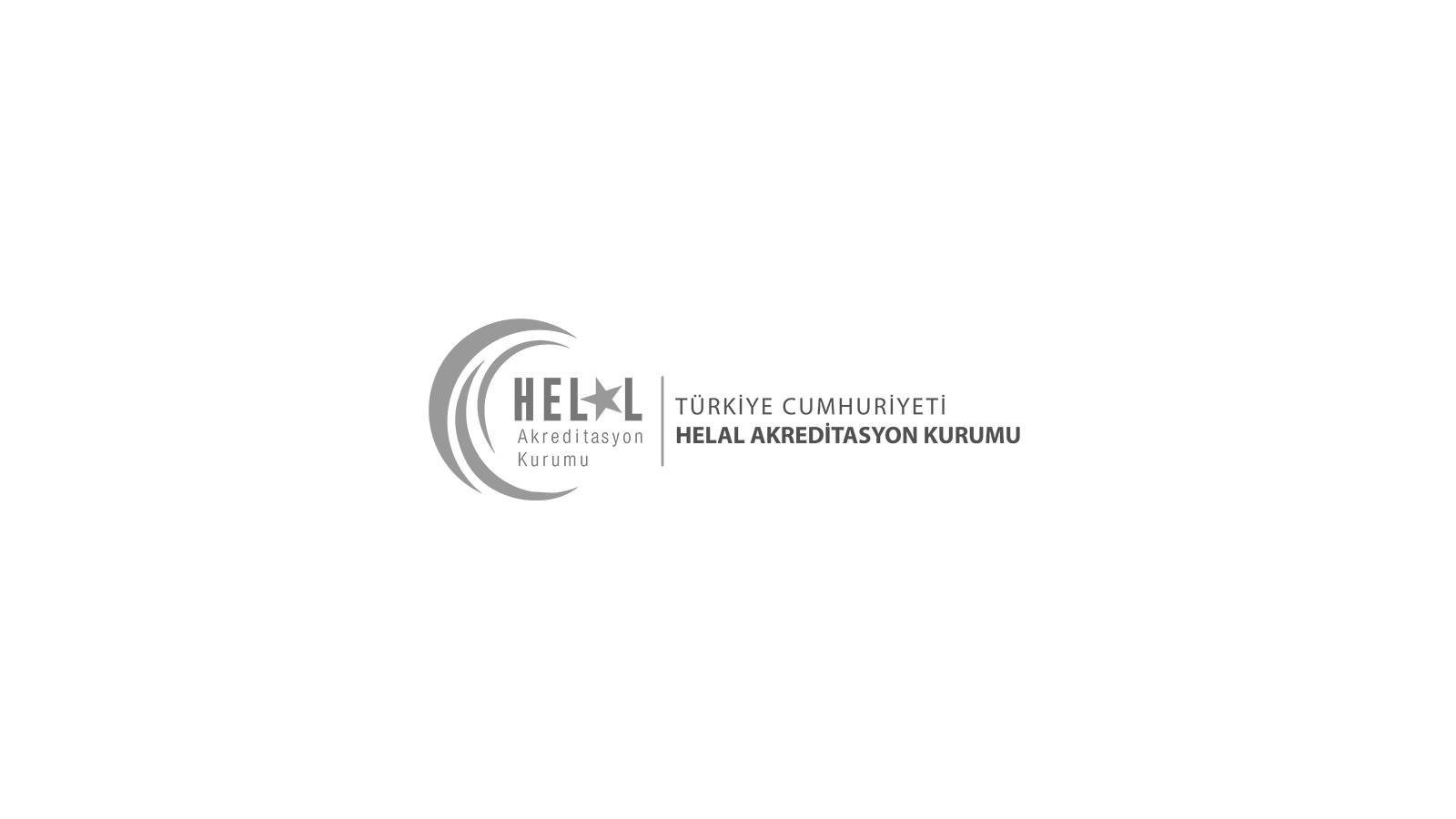
India
Population
1,296,834,042
Capital City
New Delhi
Currency
Indian Rupee (INR)
Volume of Trade
Percentage of Muslim
14.2 %
GDP per Capita (Nominal)
7,200 $
GENERAL INFORMATION
India has the third largest Muslim population in the world after Indonesia and Pakistan. According to the official census results in 2011; 14% of the 1.450 billion population (172 million) is Muslim. This figure corresponds to approximately 10% of the Muslim population in the world. By 2030, the Muslim population of the country is estimated to be around 240 million.
Most of the Muslim population in India live either at lower or middle income levels. Although the proportion of Indian Muslims in the total population is over 13%, it is estimated that they have a share of around 9-10% in the consumer market due to their relatively low economic power. There are limited halal certified products in the market and the perception and demands of Muslim people in the halal sector are mostly concentrated in meat products.
The halal food market in India has not been well organized yet. The demand for packaged food is concentrated in urban areas, namely cosmopolitan cities. According to the Food Safety and Standards Authority of India (FSSAI) vegetarian or non-vegetarian ingredients must be indicated to the consumers via a logo on package of the food. Yet, there is not any similar regulation for the halal food. However, slaughter house shall make separate provision in the slaughter hall for the slaughter of different species which are proposed to be slaughtered (like large animal viz; Cattle and Buffalo, Pigs and small animals like Sheep & Goat) and for different methods of slaughter (like Halal, Jewish and Jhatka[1]). Slaughtering units should be cleaned and sanitized after each cutting.[2]
There is a perception among Muslims that vegetarian products are in the halal category due to the absence of animal products and alcohol. As regards meat products, there is generally no hesitation about halal slaughtering since the sector is generally directed by Muslims.
Organization of Islamic Cooperation (OIC) Countries are important export markets for the Indian food producers. Indian farmers are among the main suppliers of food products such as rice, meat, coffee, spice, and fresh vegetable and fruit to the Gulf Countries. According to the data (from 2016-2017) of the Indian Ministry of Trade; the food product export to the OIC countries is nearly $12.6 billion whereas total exports to the OIC countries is around $31 billion USD. Half of India's food exports (44.32%) are made to OIC countries.[3]
Halal Certification Activities
Halal certification is not mandatory in India, which is not a member of the Organization of Islamic Cooperation (OIC). Since the halal perception in the country is mostly concentrated on meat products, the practices in the field of halal food arise from the need for exports to Muslim countries. It is estimated that nearly 150 meat exporting firms have halal certificates in India.
With the development of halal food certification and standards in the world, India has been taking steps in the recent years to make arrangements for the halal certification with the effect of exports of meat and meat products to other Muslim countries, especially to the Gulf countries.
In accordance with the requirements of Meat Quality and Safety Programme of Agricultural and Processed Food Products Export Development Authority (APEDA) affiliated to the Ministry of Trade and Industry of India, products for export must comply with Hazard Analysis and Critical Control Points (HACCP) and International Standardization Organization (ISO) standards.
Within the framework of the “Meat Quality and Safety Program” that is implemented by APEDA, “Halal Slaughter” system is demanded for integrated meat processing plants and slaughterhouses as well as HACCP system. Within the scope of this program, animals should be slaughtered according to Islamic rules under the guidance of the Indian Ulama Association (Jamiat Ulama-i-Hind). The branch of this organization which is responsible for halal certification is called Indian Ulama Halal Solidarity Association (Jamiat Ulama-i-Hind Halal Trust) and it has branches in Delhi, Bangalor, Madras (Chennai), Haydarabad, Lucknow, Kolkata and Mumbai.
Jamiat's website (http://www.jamiathalaltrust.org) publishes standard norms for halal products and states that certification is carried out according to these norms. In addition, it is stated that it is possible to use Jamiat's halal logo within the framework of mutual agreement instead of the logo of the country of origin certification body on the product.
Halal Certification Bodies
| United World Halal Development |
| Halal Indian Pvt. Ltd |
| Halal Certification Services India Pvt. Ltd |
| Halal Committee-Jamiat-Ulama-E-Maharashtra (JUM) |
| Jamiat Ulema-e-Maharashtra |
| Halal Council of India, |
| Halal Food Certification of India |
| Halal Sign |
Halal Events / Fairs
- India International Halal Expo
- Halal Show India
- Global Halal Expo held in Hyderabad
- Halal World
[1] Jhatka is the meat from an animal killed instantaneously, such as by a single strike of a sword or axe to sever the head.
[2] https://fssai.gov.in/upload/uploadfiles/files/Final_Regulations_2010.pdf p.94 clause 3.02-03
ADDITIONAL INFO
|
Authorized Institutions
|
Schedule of Events
|
Legislation
|
|
|
For Details Click here
|
The information on this website is provided by the Halal Accreditation Agency (HAK) for general information purposes only. While the content and information on this website are periodically reviewed and aspired to be correct, complete, and updated; the Agency does not assume any liability or does not guarantee the accuracy of information provided.
The website of the HAK may contain links providing direct access to external internet resources, including websites that are not provided or maintained by or in any way affiliated with the Agency. The Agency takes no responsibility for and will not be liable for the links provided on this website.
The information on this website cannot be reproduced or used without prior approval from the Agency, and/or credit is given to the source.







